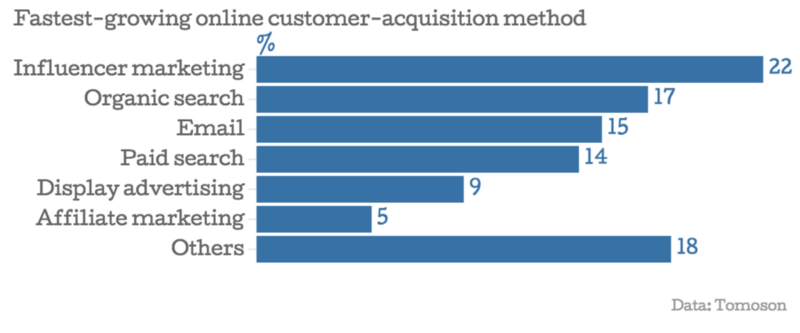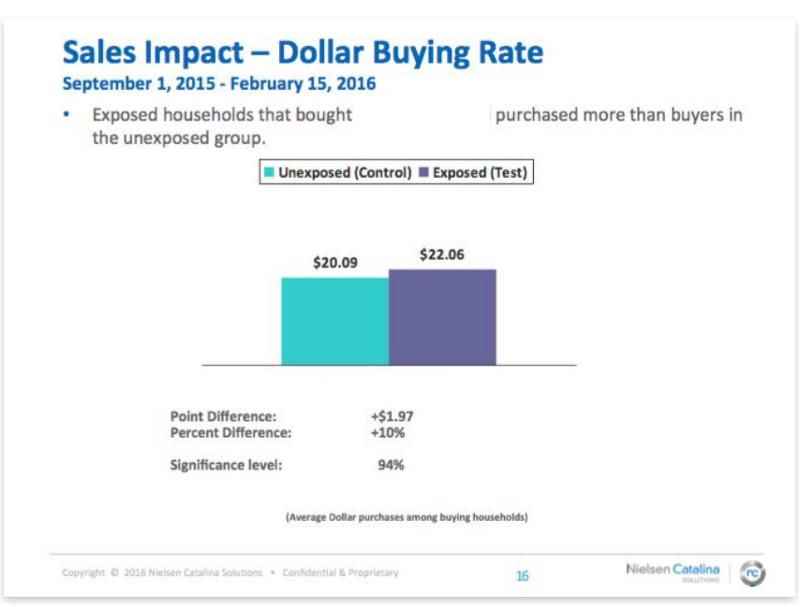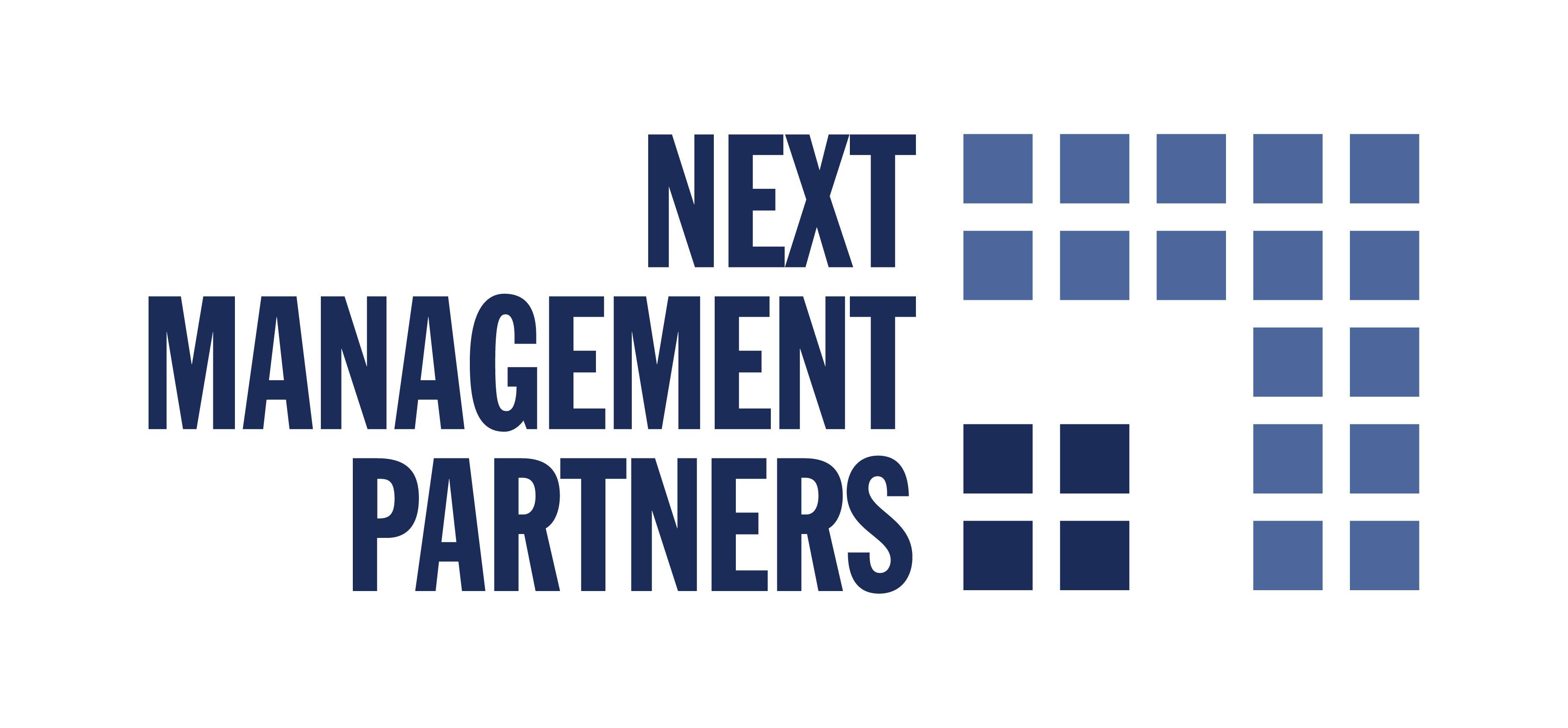Category: Blog
Will Influencer Marketing Translate Into Sales?
In the marketing arena, the influencer industry is all the rage. This is a marketing channel for companies to connect with consumers and be part of a conversation which will hopefully result in sales or brand lift. The problem is that the channel is complex and a variety of staff, processes and vendors are required to make an impact at scale. There is little doubt that the mar-tech industry will capitalize on the chaos. Sales will trend upward if the marketer can realize that it’s all about the followers with discretionary income AND the content they create that resonates.
There is little doubt that the mar-tech industry will capitalize on the chaos.
There is some good insight into mar-tech and digital media found here, from Luma Partners. https://www.slideshare.net/tkawaja/state-of-digital-media-2017
The report is delivered through the eyes of an investment banking lens, so keep that in mind as you read.
What excites me about the space
This was shocking to me: Gen X (ages 35 to 49) spends 7 hours per week on social media, according to Nielsen. This is more time than millennials spend! Check out the report:
http://www.nielsen.com/us/en/insights/reports/2017/2016-nielsen-social-media-report.html
The people spending time on social media are Gen X adults with credit cards. It’s no longer a bunch of kids with no discretionary income. However, there are still undesirable followers of influencer’s who marketers do not want to reach.
Main considerations
There are two main issues at play for marketers who wish to better understand an influencer’s impact:
- Audience size and quality
- Content quality
Audience size is the most obvious but the composition of that audience is even more important. You have to ensure an influencer can prove their worth (i.e. — did they drive sales and can I attribute the sales to them?). Tracking and attribution are still the Wild West in the influencer space. I’ve enjoyed trying tools like SocialEdge, TapInfluence and many others but they are still a “black box” as far as how they arrive at the scoring methods they utilize. When will the Neilson or Comscore of influencers take the stage and help sort out independent tracking and attribution?
Content quality is more subjective. Good storytelling through videos, photo and text is often arbitrary. Vine/ YouTube sensations Jake Paul and Logan Paul remind me of MTV’s Jackass and Punk’d from years ago. It also reminds me what my mentor, Don Ohlmeyer the former NBC President, used to say: “MTV is mostly hype and no ratings. Marketers buy them for hype and for the niche, youth demographic they reach.” My concern is that they do not have staying power, and their audience is so young without income that they can’t achieve high average order value’s (AOV’s) for ecommerce marketers. In the branding world, this audience is so ADD that they won’t sit through preroll ads, resulting in low ad completion rates.
Some of the most unsuspecting (sometimes boring) content subjects may have the fewest followers, but those followers drive results for marketers and make the influencers very rich. Take arts/ crafts for example. A seemingly dull space is full of multi-millionaires (Ipsy, Bando, Inked Brands, Brit + Co, Create and Cultivate, BeautyCon, etc.). These content verticals have staying power by virtue of the type of content they focus on now.
Both types of marketers, brand and direct marketers, are going to have many challenges and successes as they utilize this influencer channel.
Customer Acquisition Costs Getting Steeper
Do you have what it takes to survive in the self-serve platform media landscape?
For all brands, staying on top of the digital ad spend game is an uphill battle requiring you to master the terrain, even as it twists and turns faster than you can flex your marketing budget. Marketers have access to the same data on the two big platforms: Facebook and Google. The space is becoming commoditized and costs are going up.
Getting a grip on the current customer acquisition marketplace
The learning curve to buy ads effectively and efficiently is steep. For example, buying an ad on Facebook is now incredibly easy, but ensuring the effectiveness of the buy — to optimize Return on Ad Spend (ROAS) — requires expertise, time, and amazing creative.
The major social platforms have been promoting their ad products and encouraging marketers to pay-to-play vs allowing for organic reach. This levels the playing field for comparable budgets in terms of reach and targeting but makes the choice of how and where to spend critical. Further, consumers are more distracted than ever, so brands need to capture attention by using great creative without breaking the bank. It’s the strategy piece of the puzzle that’s challenging as spend continues to grow. Ninety percent of marketers’ incremental digital spend goes to Facebook and Google, as you can see below.
Viewing ad spend over time shows which platforms dominate — Google and Facebook continue to form a growing “digital duopoly”.

Planning your next move by anticipating customer acquisition trends
What lies ahead for customer acquisition? As a digital revenue expert, I see these five customer acquisition trends gaining momentum:
1. Facebook’s efficiency will result in steeper costs.
- Higher cost means only the strongest will survive, such as large multinational corporations (with varying degrees of KPI’s to run ads) and very high margin products (who lead their categories).
- Other survivors are online education providers due to the sector’s global nature and the fact that the product is IP (video + worksheets) vs. a physical product.
2. Data co-ops will become more common.
- Owners of data will begin to form more data cooperatives (second-party data) when they do not have competing products (for example, pet products sold to an airline’s list).
- Email de-duplications will occur, and Facebook audiences will be shared or sold.
3. Discretionary income will become even more vital and transparent.
- Marketers will need to fine-tune spending media dollars on market segments who have the income to buy their products.
- Ability to extract meaning from demographics analytics and build campaigns accordingly will drive ad spend targeting and efficiencies.
4. Everyday household-name brands may matter less and less.
- Ability to build brand awareness has never been more robust (for example, MVMT Watches built their brand online with no mass market approach), but that may not suffice to drive sales.
- Frequent-use items, unless they have unique features, will be bought on price rather than on brand (for example, on Amazon, you say: “I need paper towels” vs. “I need Bounty”).
See how marquee, midsize, and infrequent-use brands compare.

5. Brands that sell emotion will continue to matter.
- Consumers expect brands to have personalities and connect with them — just like people — and luxury brands excel at that.
- In the luxury market, brands matter due to their emotional connection, that powerful ‘people magnet’ commanding a premium price that customers happily pay.
Notice how product categories with high emotional potential rank highest in ROAS.

Customer acquisition cost can be a startup killer, yet even for the most established brands, optimizing customer acquisition cost versus lifetime value (ability to monetize acquired customers) is a complex and dynamic process made easier with an agile roadmap expertly built for constant change.
Are Your Followers Worthless?
Influencers give marketers access to an engaged audience on giant platforms like Facebook, but how do you assess the worth of an influencer’s audience — to know if that reach will result in sales or brand lift? As a digital revenue expert for the LA Times, a Bertelsmann-backed influencer commerce company, and other media companies who I’ve helped cultivate and grow online audiences and revenue, and after selling my last digital media company to the Maker Studios CEO & co-founders, I want to share strategic insights I gained firsthand in navigating influencer marketing. It’s no secret how quickly influencer marketing is growing, but the impact it has on the bottom line is still a mystery in many cases for marketers.
Marketers today seem to concur on the potential effectiveness of influencer marketing — to different extents depending on campaign goals. It seems over 20% of marketers find influencer marketing to be extremely effective at driving sales, and 33% say it is effective.

Influencer marketing is one of the fastest growing channels for acquiring customers, as you can see here:

Accessed from here
The first takeaway to remember: Analyzing who follows an influencer is part art and part science. Influencer discovery tools are still a “black box” with regard to evaluating influencer match for your brand goals. So even when you use a third-party influencer platform to locate influencers and analyze followers, you must validate those you partner with — human judgment around content quality is still critical in influencer identification.
Setting aside follower counts, let’s go through six questions I’ve had to answer in finding the right influencers for my clients.
- Are the followers human or fake?
Audience size says nothing about audience composition. There are bots that create fake followers and fake engagement: Fraud is a real problem in influencer marketing. Detecting it requires tracking consistency and meaning in social conversations dominating your target influencer’s accounts. Telltale signs include sudden spikes in follower counts, high follower-to-engagement ratio, bot-generated comments, and low-quality posts — random, misspelled, or indecent. Even a cursory glance of comments is helpful. Look for unusual patterns using social tracking tools.
2.How engaged is that audience?
Influencers are as effective as the follower passion they cultivate through their storytelling (content). Followers engage with great content and this build follower loyalty with an audience. Engagement is an extremely valuable metric to measure long-term ROI since it is a good indicator of how closely followers identify with that influencer. Influencers who matter convert followers to buyers. Buying is true engagement. To ensure that the sphere of influence aligns with your brand, determine whether the influencer’s high engagement ratio occurs on the channels where your target market is active.Remember: Real influence compels action.
“Influencers who matter convert followefollowers to buyers.”
Consider that subject-matter experts and thought leaders might be more effective and engaging than a mass celebrity because an expert has a skill that engages an audience very deeply (i.e. — a scrap-booking influencer vs. a reality TV star). Here’s what influencers say keeps their followers engaged:

3. Do follower demographics, especially household income fit?
Without a contextual fit, your influencer marketing campaign investment goes down the drain. Think from the viewpoint of who you want to buy your product and if they have the income to buy it, and maintain laser-sharp focuson your market. Brand marketers like Taco Bell want to see brand lift, and ultimately sell more tacos. Direct marketers like My Pillow want to sell more pillows. Many followers do not have the discretionary income needed to purchase your product. Are the followers broke college students or highly affluent young professionals? Analyze the discretionary income of followers. Context is why different influencers work for different brands, and why the right influencer, with the right audience, can have a huge impact.
4. What has the influencer’s audience bought in the past?
Examine what the influencer’s audience has previously bought from that influencer or other influencers, and whether it aligns with what you’re selling. This is one area where past performance can at least indicate future results. Learn all you can about what directly or indirectly led to those purchases, the ratio of buyers to the total follower count, and the time it took followers to become buyers. Examining past influence provides a benchmark for future influence.
Exposure to influencer content has been proven to lift sales. As shown in the below graph from a 2016 Nielsen Catalina Solutions study which uses point-of-sale data to compare purchases from consumers exposed to influencer content to a matched control group of consumers who did not see influencer content, exposed buyers purchased significantly more product on each purchase occasion.


5. Is the influencer’s audience willing to take a survey?
Real fans respond with speed and enthusiasm. They want to have their voice heard and to express their distinct preferences. Surveys allow them to do that, especially if run by their favorite influencer. When your target influencer agrees to run a survey and the results are favorable and convincing, that’s an indication of audience willing to pull out their wallets and/or engage in your marketing message, particularly if the survey is done in real-time on social media. Some influencers do not know the value of their audience, but rely heavily on brand marketers who may measure effectiveness of a marketing campaign (reach, brand impressions, etc.). In my consulting practice, I have seen major influencers with 10’s of millions of followers get 500 survey responses, whereas another influencer with under 500,000 followers generated 8,000 survey responses!

6. Is the influencer willing to do a free test post?
As in any business alliance, a test phase paints a picture of how an influencer partnership will take shape and what possibilities lie ahead. One way to do so with a target influencer is to ask if they are willing to do a free test post. Such a post — if the influencer is confident about original content creation and about the audience’s identity — would be fairly easy to do. Even more than celebrities, real influencers know their audience and how to entice them to act. There can be substantially more upside and a long-term relationship for influencers if they can align with a few marketers who are willing to help them monetize their audience.
Keep in mind: As of last week, Facebook now allows you to place media buys on the influencer posts: Facebook will now allow a brand to promote influencer posts as ads.
VC’s and media executives are investing in companies to help discover and track influencer effectiveness. These include companies such as TapInfluence, funded by a variety of VC firms, and media executives like Tony Hunter, the former CEO of the Chicago Tribune, who invested in Glocally. My business partner and CEO of Time Inc Rich Battista launched Connect at Time Increcently.
What has your influencer measurement experience been like? Are you finding any tools that help you analyze influencer’s impact on sales?
Starting A Company vs Buying Companies
Starting a new business is never easy. Buying a business and fixing it is also never easy. There is nothing quite like the excitement of building an idea from scratch. Being an operator of a successful business is exhilarating. Acquiring companies feels good when you know you can help and turn a dollar into $10 with a few tweaks. Investment bankers, venture capital firms, and fellow entrepreneurs have opinions of buying vs starting companies. I’m exploring which path to go down as I contemplate opportunities.
If I really examine the advice I’ve received, I’ve realized that it’s really all about the people. Being intentional about surrounding yourself with incredible people is so vital, and keeping a good relationship with those people is important.
I’d rather build a start up with great people and have it fail vs acquiring something with losers, and vice versa. Many times, those of us who are experienced entrepreneurs see something that is broken and we think we can fix it. We usually can! But, it requires discipline and focus to choose what we want to fix. Am I disciplined enough to fix someone else’s problem (an acquired asset), or motivated enough to start an idea from scratch?
After you develop an expertise, you often find opportunities to help other people with their businesses. In my digital career thus far, I’ve had the fortune to work alongside some of the biggest names in the media business, including Rich Battista the President of Time Inc. I’ve acquired niche digital publishing businesses, and sold my digital media startup to the co-founder of Maker Studios, Danny Zappin. I’ve created. I’ve bought. I’ve sold. I now find myself wrestling with this question: do I go out and start another company with some amazing co-founders, or do I buy a group of under-valued companies and help improve them. I’ve been approached to do both. In order to help me decide what I should do, I’m going to outline the pros and cons of both scenarios.
Pros of Starting A Company From Scratch:
- Choosing People. Build your team, and unite your team around a to-be-created product vision
- No “baggage” — you’re building from scratch
- Excitement and anticipation of the “wild, wild, west”
Cons of Starting A Company From Scratch:
- It’s lonely in the beginning
- It’s very tough to communicate to people what something “will be” in the future vs showing people something you’ve acquired that is already built.
Pros of Buying Companies:
- Pre-existing customers
- Workers are already in place, and know their responsibilities
Cons of Buying Companies:
- Legacy leadership that is resistant to change
- Skeletons in the closet, including possible undisclosed legal issues
I’d love to hear what you think.




